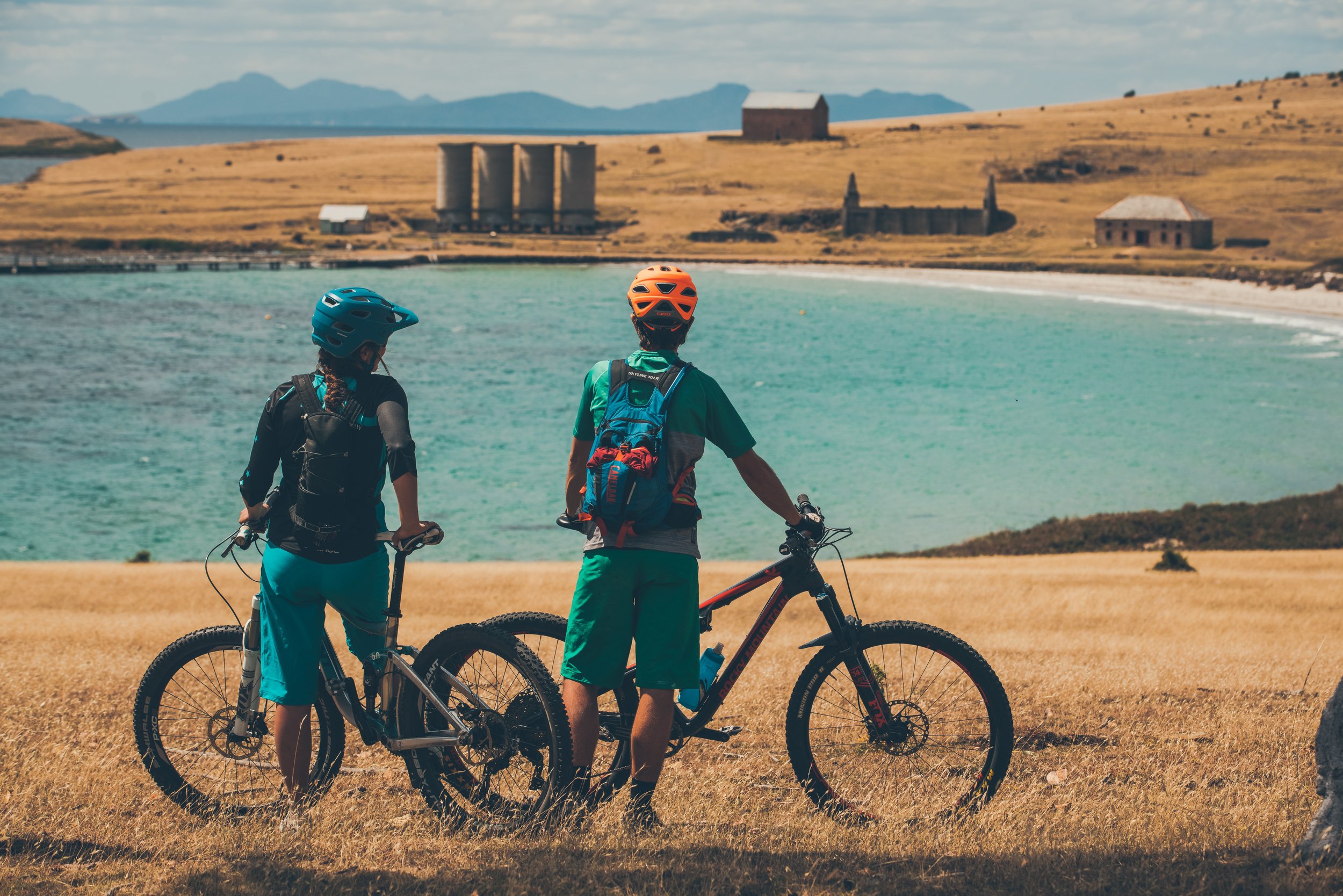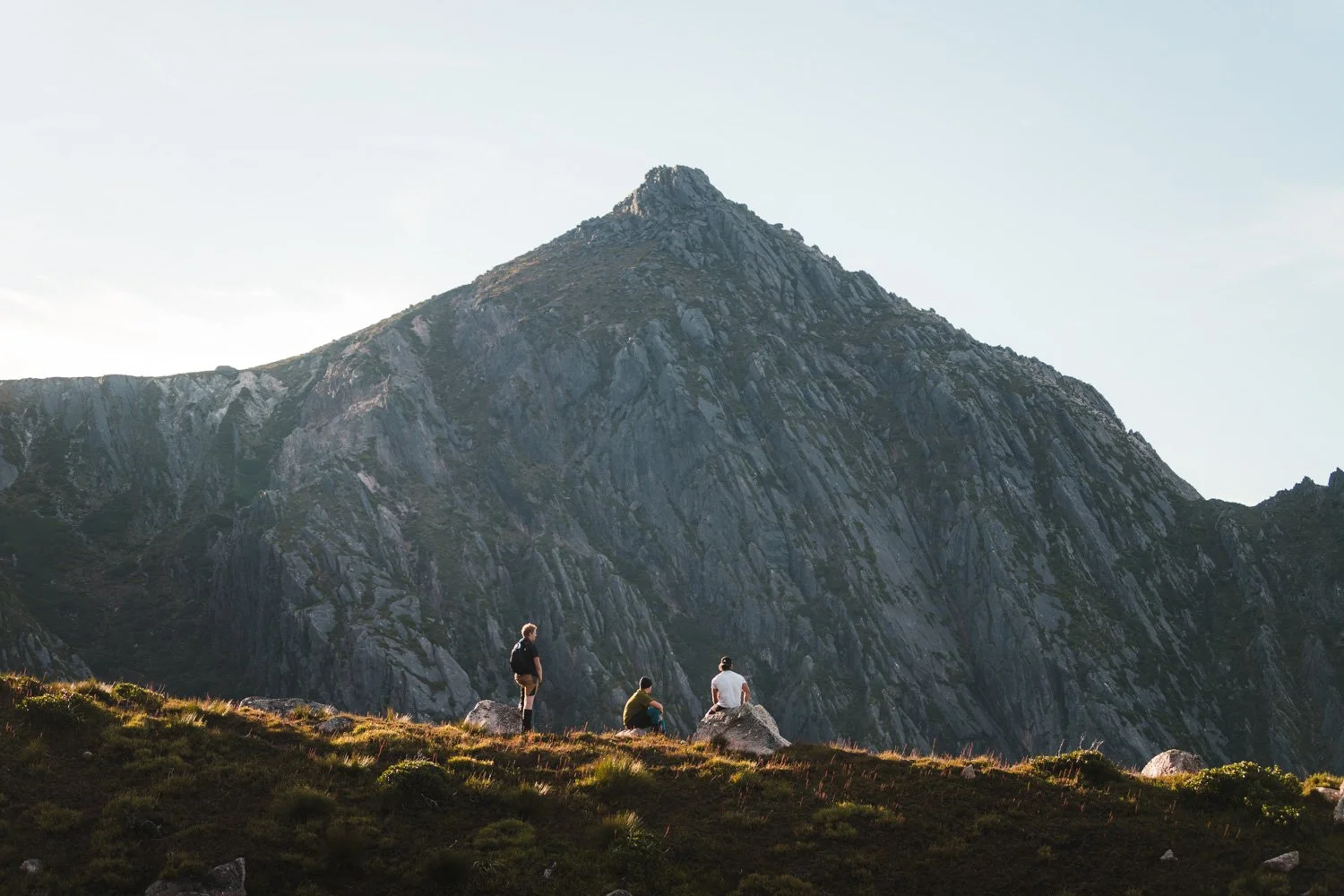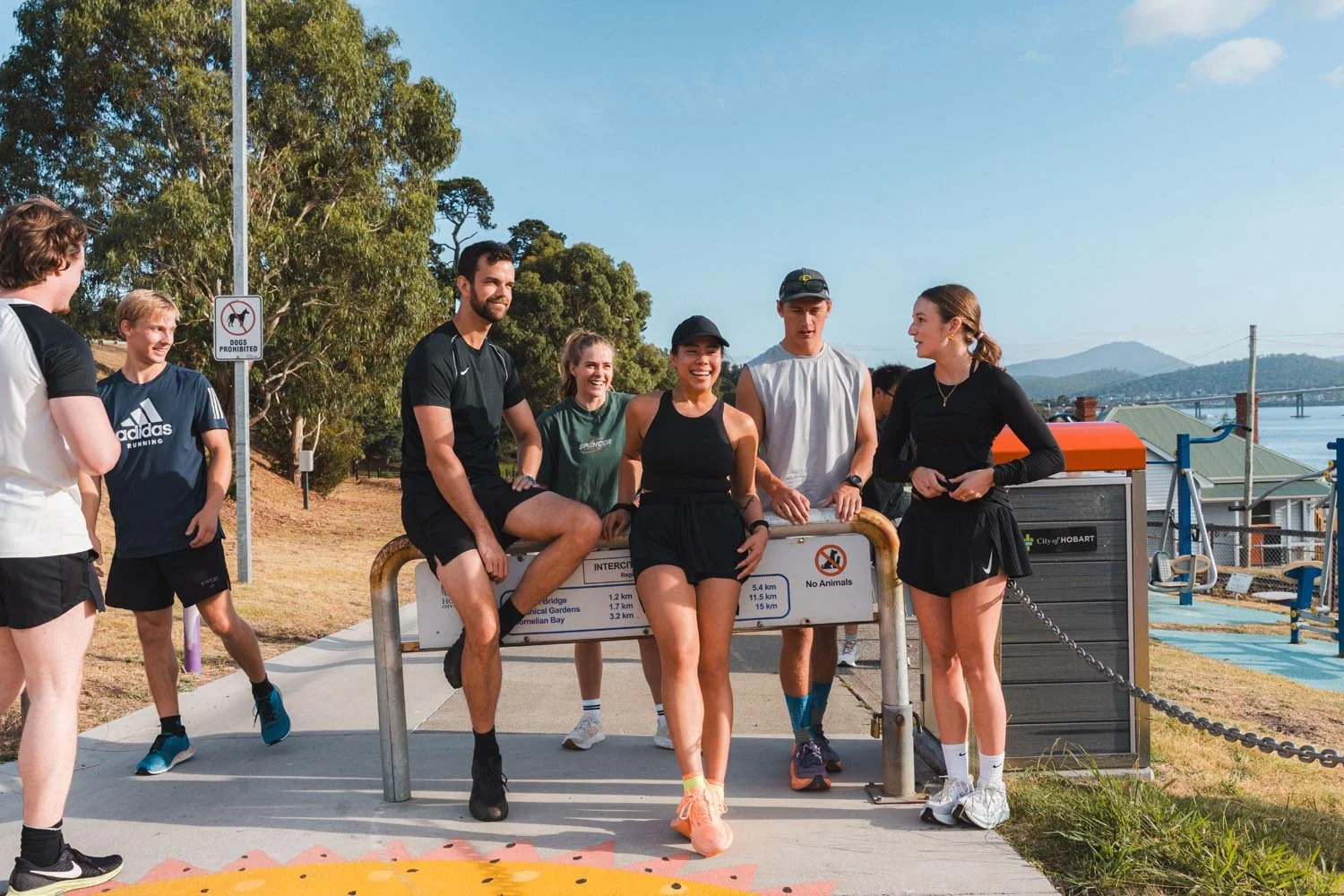Explore the Wonder of Maria Island
Table of Contents
- An Introduction to Maria Island
- Location and Geography
- History of Maria Island
- Getting to Maria Island
- Maria Island National Park
- Exploring Maria Island
- Accommodation on Maria Island
- Activities on Maria Island
- What to Bring When Visiting Maria Island
- Safety Tips When Visiting Maria Island
- Sustainable Tourism on Maria Island
- Conclusion
- FAQs
Maria Island is a hidden gem located off the east coast of Tasmania. This natural paradise is a haven for wildlife, history, and outdoor enthusiasts. The entire island is a national park, offering visitors a unique, tranquil, and unforgettable experience. In this comprehensive guide, we will explore the wonders of Maria Island, from its history and wildlife to the activities and accommodations available for visitors.
Location
Maria Island is located about 10 kilometers off the east coast of Tasmania. It is approximately 20 kilometers in length and 13 kilometers wide, covering an area of around 115 square kilometers.
Geography
The island's landscape varies from sandy beaches and rugged cliffs to eucalyptus forests and grasslands. The highest point on Maria Island is Mount Maria, standing at 709 meters above sea level.
Image Credit: Tourism Australia
Aboriginal History
Maria Island has a deep and rich Aboriginal history. It was a vital seasonal hunting ground for the Tyreddeme people, a band of the Oyster Bay Tribe, who made the sea crossing to the island to hunt for seals, shellfish, and other marine life. Evidence of their occupation, including shell middens, can be found throughout the island. These remnants provide a crucial insight into the life of the Tyreddeme people and their relationship with the environment around them.
European Settlement
The first European to sight Maria Island was Dutch explorer Abel Tasman in 1642 during his voyage along the east coast of Van Diemen's Land, now known as Tasmania. However, permanent European settlement on the island did not begin until the early 19th century.
The island was named by colonial explorer Matthew Flinders in honor of Maria Van Diemen, wife of Anthony Van Diemen, the Governor-General of the Dutch East Indies. In the early 1800s, entrepreneurs attempted to establish a range of enterprises on the island, including sealing, whaling, farming, and silk production, with varying levels of success.
Convict Era
In 1825, the British government established a penal settlement on Maria Island. This was partly in response to the overcrowded penal colony in Hobart Town and partly due to the island's isolation, which made escape difficult. The settlement was based at Darlington, and during its operation, it housed over 500 convicts who were employed in farming, timber harvesting, and construction.
Despite the harsh conditions, convicts left a lasting impact on the island's landscape, with many historic structures still standing today, such as the Commissariat Store and the Penitentiary.
The convict station closed in 1832 but was reopened in 1842 as a probation station as part of a new strategy for dealing with transported convicts. The second penal era ended in 1850, marking the end of convict transportation to Maria Island.
Maria Island’s rich convict history is a significant part of its appeal today. The island is one of eleven sites in Australia that collectively form the Australian Convict Sites UNESCO World Heritage Property. The ruins of the Darlington Probation Station provide a stark and tangible link to Australia's convict past, offering visitors a unique window into the life and times of those who lived and worked there.
Image Credit: Flow Mountain Bike
By Ferry
The Maria Island ferry is operated by Encounter Maria Island, a private ferry service that provides regular transport to the island. The ferry departs from the town of Triabunna, which is approximately a 1.5-hour drive from Hobart, the capital of Tasmania.
The ferry service operates daily, with additional services during the peak summer season. The ferry journey takes around 45 minutes each way. The ferry does not transport private vehicles, as Maria Island is car-free to protect its natural and historical values.
The Encounter Maria Island ferry is a comfortable and modern vessel, offering both indoor and outdoor seating. Onboard, you'll find informative displays about Maria Island's history and wildlife. Sometimes, you might even spot dolphins, seals, or whales during the crossing!
It's recommended to book your ferry tickets in advance, particularly during the peak season. This can be done online via the Encounter Maria Island website. Please note that the ferry schedule may change due to weather conditions, so always check the schedule on the day of your journey.
Remember, if you're planning to camp or stay overnight on the island, make sure to book return ferry tickets for your chosen departure date. And don't forget, you'll need to bring all your food, water, and camping supplies with you, as there are no shops or facilities on the island.
Enjoy your journey to Maria Island, and prepare to step back in time and immerse yourself in the untouched beauty of this unique destination.
Wildlife
Maria Island National Park is a sanctuary for a diverse range of wildlife, including wombats, wallabies, and Tasmanian devils. The island is also home to over 125 species of birds, making it a popular destination for birdwatching.
Plants
The island's flora is equally impressive, featuring a mix of native plants, such as the blue gum, she-oak, and white peppermint. There are also several rare and endangered plant species that can be found on Maria Island, including the soft tree fern and the mountain rocket.
Geology
Maria Island's geology is fascinating, with evidence of ancient volcanic activity, glacial movements, and sedimentary deposits. The Fossil Cliffs and Painted Cliffs are two geological highlights on the island that showcase its unique history.
Darlington
Darlington is the main settlement on Maria Island and a great starting point for your visit. Here you can explore the historic buildings, learn about the island's convict past at the visitor center, and enjoy stunning views of the surrounding landscape.
Fossil Cliffs
The Fossil Cliffs, located on the island's northern coast, are a must-see for any visitor. These towering limestone cliffs contain an incredible array of ancient marine fossils and offer breathtaking views of the surrounding area.
Painted Cliffs
Image Credit: Stu Gibson
The Painted Cliffs are another geological wonder located on the island's southeastern coast. These beautifully patterned sandstone cliffs have been naturally sculpted by wind and water over thousands of years.
While Maria Island offers no hotels, motels, or luxury accommodation options, it still provides unique and immersive places to stay for those looking to extend their visit beyond a day trip. The accommodation options on the island are basic, in keeping with the unspoiled natural environment. Visitors can choose from camping and the Historic Penitentiary.
Camping
Camping on Maria Island offers a rare chance to immerse yourself in nature, sleep under a blanket of stars, and wake up to the sounds of wildlife. There are two main campsites on the island, both with basic facilities:
Darlington Campground: This is the main camping area, conveniently located near the ferry landing. It offers approximately 20 tent sites, barbecues, picnic tables, toilets, and rainwater tanks (though the water must be treated or boiled before drinking). The campground is within easy walking distance of the Historic Penitentiary and the Darlington Probation Station.
French's Farm and Encampment Cove: These are smaller, more secluded campsites located further south on the island. They offer a quieter, more remote camping experience, but facilities are basic. Visitors must carry in all their supplies, including water, as there is no guarantee of fresh water being available at these sites.
*Camping is first-come, first-served, and there is a small nightly fee, payable at the Ranger Station in Darlington.
Historic Penitentiary
For a unique accommodation experience, visitors can stay in the restored cells of the Historic Penitentiary in Darlington. The Penitentiary offers basic bunk-style accommodation in nine rooms. Each room contains six bunk beds, a table, and a wood-fired heater. There are shared cooking facilities, toilets, and showers on-site.
Staying in the Penitentiary is a unique experience that provides insight into the life of the convicts who once resided here. It's also a convenient and comfortable base for exploring the island. The Penitentiary accommodation must be booked in advance through the Tasmania Parks and Wildlife Service.
Remember, there are no shops, cafes, or restaurants on Maria Island. Visitors must bring all food, drinking water, and other essentials, regardless of their accommodation choice. Always follow the 'Leave No Trace' principles to protect this beautiful island for future generations.
Hiking
Maria Island boasts a range of walking tracks that take you through diverse landscapes, from beautiful beaches and towering cliffs to lush forests and vast grasslands. One of the most popular hikes is the Bishop and Clerk trail, a moderately difficult 3-4 hour return walk that rewards climbers with breathtaking views over the island and surrounding ocean.
For a more leisurely walk, the Fossil Cliffs circuit offers an easy and flat trail that leads to a stunning cliff face embedded with thousands of ancient seashells. This site provides a unique glimpse into the island's geological past.
For the ultimate Maria Island adventure, the Maria Island Walk is a guided four-day trek that covers the length of the island. This immersive experience offers the chance to encounter wildlife, discover historical sites, and enjoy the unspoiled beauty of Maria Island.
Participating in guided walks is one of the best ways to explore Maria Island, particularly for first-time visitors. Not only do you get to enjoy the island's spectacular scenery, but you also learn about its rich history, geology, and wildlife from an expert guide.
The Maria Island Walk
Image Credit: Stu Gibson
The Maria Island Walk is a multi-day guided trek that allows you to experience the best of what the island has to offer. This four-day, three-night journey covers about 30 kilometers of the island's most beautiful and intriguing landscapes.
The walk starts with a boat ride from Triabunna to the island's remote northern shores. From there, the route takes you along stunning beaches, through ancient forests, and up to mountainous peaks with panoramic views. Along the way, you'll see iconic landmarks such as the Fossil Cliffs, the Painted Cliffs, and the convict settlement at Darlington.
At night, you'll camp in comfortable, semi-permanent campsites and enjoy gourmet Tasmanian food and wine. The final night is spent in a heritage-listed house in Darlington, adding a touch of history and luxury to your adventure.
The Maria Island Walk is fully inclusive and caters to all fitness levels. The expert guides not only ensure your safety and comfort but also share fascinating insights about the island's natural and cultural heritage.
Day Guided Tours
If you are short on time or prefer a less strenuous option, there are also day-guided tours available. These tours typically cover the key attractions around the Darlington area, including the historic convict buildings, the Painted Cliffs, and the Fossil Cliffs. They offer a great introduction to Maria Island's history, geology, and wildlife.
Wildlife Guided Tours
Maria Island is a sanctuary for a variety of native animals, making wildlife-guided tours a popular choice for visitors. These tours, often conducted in the early morning or late afternoon when wildlife is most active, provide opportunities to observe animals such as wombats, wallabies, kangaroos, and Tasmanian devils in their natural habitat. Knowledgeable guides will help you spot these animals and teach you about their behaviors and roles in the ecosystem.
By joining a guided walk, you'll gain a deeper understanding and appreciation of Maria Island, making your visit an even more memorable experience. Be sure to book your tour in advance, as they can fill up quickly, especially during peak travel seasons.
Cycling
Image Credit: Flow Mountain Bike
Maria Island is a fantastic location for cycling, with a network of gravel roads and trails that are perfect for mountain biking. As the island is entirely car-free, cyclists can explore the island's sights and sounds at their own pace, without the worry of traffic.
Cyclists can bring their own bikes on the ferry or hire them once on the island. Popular cycling routes include the track to the Fossil Cliffs, the loop around Darlington, and the ride to the Painted Cliffs, remarkable sandstone formations colored by iron oxide.
Swimming
Maria Island's pristine beaches offer excellent opportunities for swimming, especially during the summer months. Encampment Cove and Riedle Bay are popular spots for a refreshing dip. However, visitors should be aware that Tasmania's waters can be quite cold, even in summer, and there are no lifeguard services on the island.
Wildlife Watching
Maria Island is a haven for wildlife enthusiasts. The island is home to many native species, including wombats, kangaroos, Tasmanian devils, and a variety of bird species. Wildlife watching is possible all year round, but dusk and dawn are often the best times to spot animals.
Historical Tours
The convict history of Maria Island can be explored through self-guided walks or guided tours. The Darlington Convict Site offers a unique insight into Australia's convict past, with several well-preserved buildings and structures dating back to the 19th century.
Bird Watching
Maria Island is also a popular spot for bird watching, with over 125 recorded bird species, including the endangered forty-spotted pardalote and the white-bellied sea eagle. The island's diverse habitats provide excellent bird-watching opportunities all year round.
By engaging in these activities, visitors can fully immerse themselves in the unique and tranquil atmosphere of Maria Island. Whether you're an outdoor enthusiast, a history buff, or simply looking for a serene escape, Maria Island offers activities to suit everyone.
Essential Items
When visiting Maria Island, be sure to pack essentials such as food, water, sunscreen, insect repellent, and a first aid kit. There are no shops on the island, so it's important to bring everything you need for your stay.
Clothing
Dress for the weather and pack appropriate clothing, including waterproof gear, warm layers, and sturdy walking shoes.
Additional Items
Other items to consider bringing include binoculars for birdwatching, a camera to capture memories, and a guidebook to help you navigate the island and learn about its history and wildlife.
Weather and Climate
Maria Island has a temperate maritime climate, with mild temperatures and frequent rain. However, weather conditions can change rapidly, so it's essential to be prepared for all types of weather. Check the local forecast before your trip and pack accordingly.
Wildlife Safety
While Maria Island is a haven for wildlife, visitors should maintain a safe distance from animals and never feed them. Some animals, such as snakes and Tasmanian devils, can be dangerous if disturbed. Be cautious and respectful of the wildlife during your visit.
Emergency Procedures
Familiarize yourself with the island's emergency procedures before you arrive. Emergency services are limited on Maria Island, so it's essential to know how to contact help if needed. Make sure you have a well-charged mobile phone or satellite phone with you, as mobile reception can be patchy on the island.
Image Credit: Stu Gibson
Leave No Trace
Maria Island is a pristine natural environment, and it's crucial to minimize our impact as visitors. Adhere to the Leave No Trace principles, which include disposing of waste properly, minimizing campfire impact, and respecting wildlife.
Minimizing Impact
Stick to designated tracks and campsites to minimize your impact on the island's fragile ecosystems. Avoid picking plants or disturbing wildlife, and keep noise levels to a minimum.
Supporting Local
Support local businesses in Triabunna and other nearby communities by purchasing supplies and services from them. This helps to ensure the continued protection and preservation of Maria Island.
Maria Island offers visitors a unique and unforgettable experience, rich in natural beauty, wildlife, and history. By following this comprehensive guide, you'll be well-prepared to explore and enjoy all that Maria Island has to offer, while also contributing to its preservation for future visitors and generations
Is Maria Island suitable for families?
Yes, Maria Island is an excellent destination for families, offering a wide range of activities and experiences suitable for all ages. Just ensure you're well-prepared and follow safety guidelines.
Are there any guided tours available on Maria Island?
Yes, guided tours are available on Maria Island, including walking tours, wildlife spotting tours, and historical tours. Check with local tour operators for availability and booking information.
Can I bring my pet to Maria Island?
No, pets are not allowed on Maria Island, as the island is a national park and home to many native species that could be disturbed or endangered by domestic animals.
Is there mobile phone reception on Maria Island?
Mobile phone reception can be patchy on Maria Island, especially in more remote areas. It's a good idea to have a fully charged phone or satellite phone for emergencies.
Are there any fees to enter Maria Island National Park?
Yes, there is a fee to enter Maria Island National Park, which helps support the park's maintenance and conservation efforts. Visitors are required to have a valid Tasmanian Parks Pass, which can be purchased online or at the Triabunna Visitor Centre.












Season-by-season guide to Tasmania: weather, wildlife, events, and the best times for beaches, hiking, road trips, and the Aurora Australis.